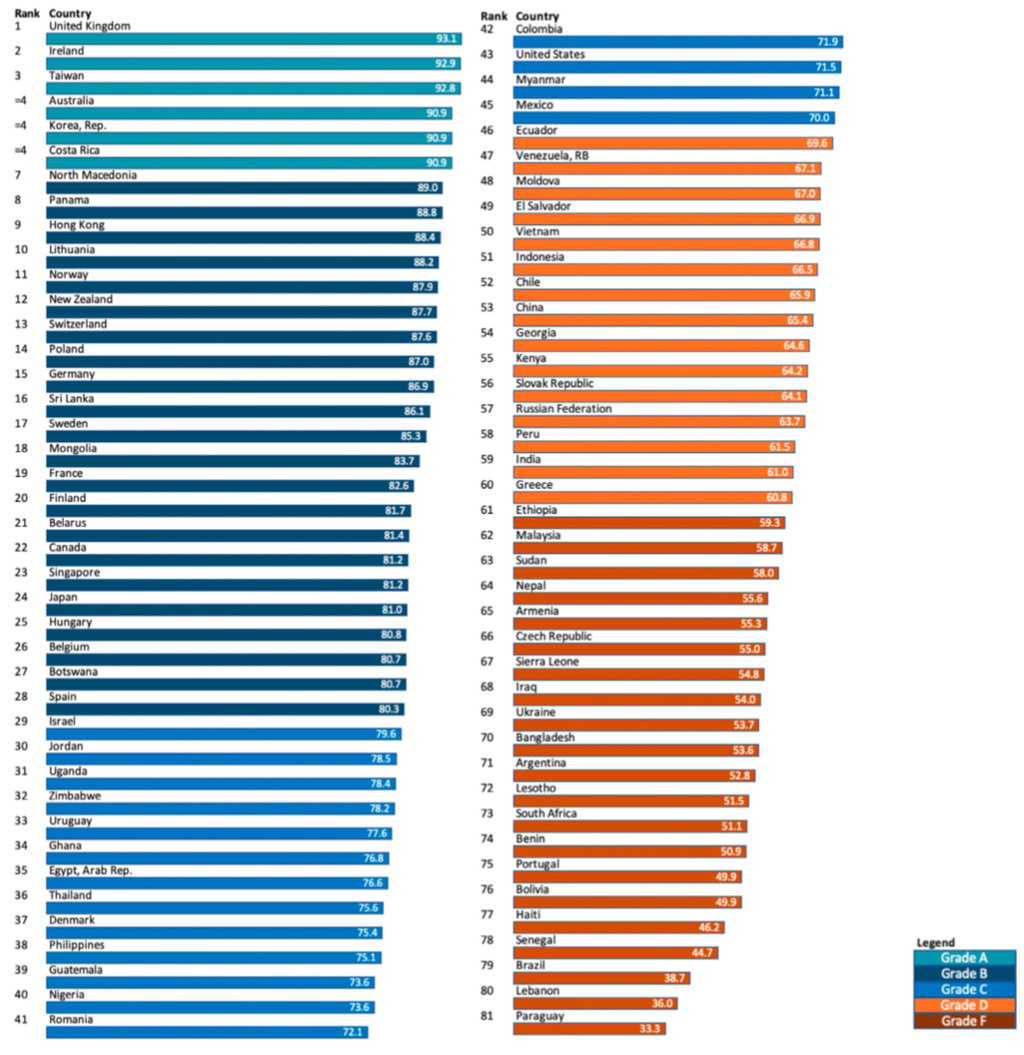Which Country Has the Best End-of-Life Care? The Answer Might Surprise You
A deep dive into the global rankings for end-of-life care – and why the best countries to die in aren’t always the richest.
4/14/20253 min read


Which Country Dies Best?
So I’ve been working on a research project to unpack this idea that “death equals failure” – a mindset a lot of med students end up graduating with. To kick things off, I started with a literature review and came across a wild global report ranking countries on how well they handle death and dying. Naturally, I had to share the findings.
📺 Watch the full breakdown here:
Let’s Get Into It
Alright, before we jump into the rankings, here’s the admin stuff. The report is called Cross Country Comparison of Expert Assessments of the Quality of Death and Dying 2021. It was put together by Duke University and the National University of Singapore, and published in a legit peer-reviewed journal (Journal of Pain and Symptom Management).
The researchers surveyed two groups:
1200 caregivers across 80+ countries, and
181 healthcare experts from 81 countries
They were asked to grade their country’s health system based on 13 factors, including things like:
Was the care environment safe and comfortable?
Could people die in the place they wanted?
Did healthcare providers manage pain well?
Was the patient emotionally and spiritually supported?
Was the care affordable?
Basically, they looked at whether people had a good death — not just medically, but emotionally, culturally, and financially.
The Top 6 Countries for End-of-Life Care
Here’s the juicy bit — the best places in the world to die (yes, that’s a weird sentence to write):
🥇 UK
🥈 Ireland
🥉 Taiwan
🏅 Australia, South Korea, and Costa Rica (three-way tie for 4th)
Let’s be real — the UK complaining about itself is a national hobby, so this might sting a little. But yes, you’re actually doing pretty great in this area. Ireland nearly took the crown, but a shortage of doctors held them back (probably coz they’re working in the UK).
Taiwan snuck into third — and yep, this report does consider Taiwan a country. China? Way further down at 53.
Australia, South Korea, and Costa Rica round out the top ranks. Special shoutout to Costa Rica for seriously punching above its weight. Respect.
Countries That Did Better Than Expected
Surprisingly strong performers (all with a B grade) included:
North Macedonia
Panama
Hong Kong
Lithuania
New Zealand
Mongolia
Botswana
And others like Norway, Switzerland, Canada, and Japan — all doing decently, though some might’ve expected them to score even higher.
Where Did the USA Land?
If you’re in the U.S., brace yourself — the USA got a C grade, sitting at rank 43.
Yes, the U.S. has world-class doctors and facilities, but the report made it clear: shiny machines and brilliant surgeons don’t guarantee a good death.
Here’s what dragged the U.S. down:
Cultural discomfort around death
The insane costs of end-of-life care
Lack of coordination between systems
But here’s the hopeful bit: American medical schools like Duke (who helped run this study) are actually leading the charge in changing that toxic “death is failure” mindset. So the system might be broken — but at least there are people actively trying to fix it.
And the Countries That Struggled Most…
At the bottom of the list?
Haiti, Senegal, Brazil, Lebanon, and Paraguay.
But before anyone gets judgey, remember: many of these countries are dealing with poverty, political instability, or crises. And also, there are countries so cut off or dangerous that researchers couldn’t even gather data — places like North Korea, Yemen, Afghanistan, and others. So this ranking doesn’t cover every nation.
Key Takeaways from the Report
📌 Money Helps, But It’s Not Everything
Rich countries didn’t always do well. It came down to things like culture, policies, and how integrated palliative care was in the system.
📌 Pain Management Is Still a Global Issue
Even in wealthy countries, overly strict opioid laws mean people die in unnecessary pain. That’s… not great. One dad in hospice said no to more pain meds for his dying son, worried he’d get addicted. Then, realizing his son wouldn’t live long enough for that to matter, apologized and agreed to increase them. That sums it up pretty well.
📌 Communication Matters
It’s not just about treatment — it’s about how care is delivered, the setting, and whether patients are really being listened to.
📌 Inequality Within Countries Is Still a Big Problem
Even high-ranking nations often fail to provide proper care to disadvantaged communities. That needs to change too.
Why Did Some Wealthy Countries Score Low?
The common themes:
Palliative care wasn’t well integrated
Systems focused more on curing than on comfort
Overly cautious opioid laws left patients in pain
Just goes to show: a “good death” requires more than money or medicine — it takes compassion, communication, and the courage to face mortality honestly.
Final Thoughts
This report was full of eye-opening insights and reminded me how far we still have to go in rethinking how we treat dying. Whether your country scored high or low, the real question is: what are we doing to make things better?
If you're struggling with a death related issue and need guidance, we offer consultations to support you through the journey.
📄 Download Our Grief Workbook
🎥 Watch More Videos
📅 Book a Consultation

